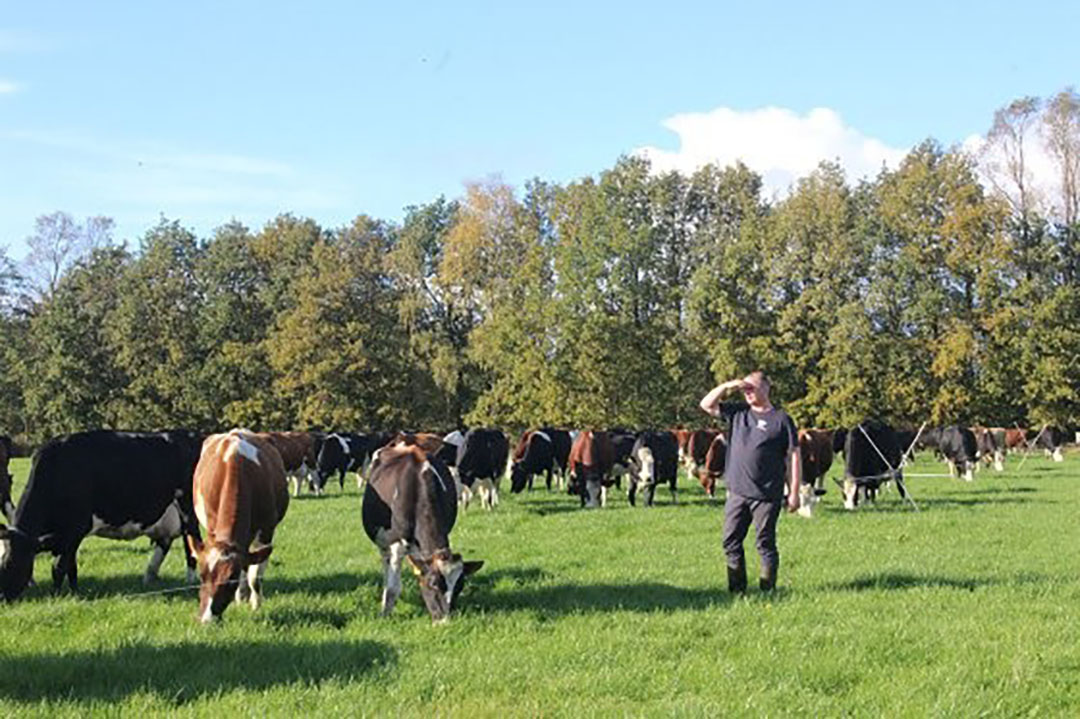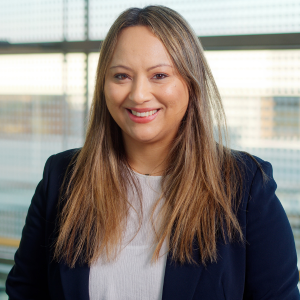Herbs for healthier cows and lower costs

Sustainability, a concept that has found a place in many sectors and is a buzzword that knows no bounds, can be defined as having three main pillars – economic, environmental and social. Keeping these pillars in mind is a dairy farmer in Drenthe, the Netherlands who has, in recent years, changed his outlook and looked at crop diversification on his farm. Dairy Global, sister title to All About Feed, visited the farm to uncover what changes were implemented and the impact.
Peter and Marieke Oosterhof (47) run an organic dairy farm with 110 cows in Foxwolde, in the province of Drenthe in the North of the Netherlands. Peter comes from a long line of dairy farmers. When he was 17 he started working on the family-owned dairy farm, then run by his father. His father had 60 cows, a number which Peter then increased over the years.
The family farm now in the hands of Peter and Marieke and their two children is one that has gone through many changes over the years. The cows graze on 55 hectares of his own land situated just behind the cow barn in Foxwolde. The other land situated further away is used for growing grass to feed the cows in the winter, in total the Oosterhof family makes use of 80 hectares of land. The dairy farmers are happy with the way the farm is running now, but it took a few years before reaching this point. “With our current way of farming we feel connected to nature, the environment and cows.”

Five years ago Peter and Marieke reviewed their farm costs, farm practices and took a step back to calculate how they were feeling in general about the set up of the farm. What they concluded was that they wanted to move away from conventional farming practices and start organic farming. Their goals included healthier cows, a better environment and lower costs. They wanted to try farming a different way than what they had been doing in the past years in order to achieve these goals.

Herbs and healthy cows
So, they started with crop diversification which included growing a variety of different herbs and grasses for their cows to graze on. Peter is passionate about the concept of feeding his cows a variety of herbs and grasses. He firmly believes that with crop diversification, his cows have gone through tremendous health changes. However growing diverse grassland is still in its early stages he states, meaning not everything is known about it yet. When asked how the cows respond to eating herbs, he says: “I have started to see that they enjoy the variety very much, we’ve had no issues.” Peter adds: “Our grassland does not only consist of grass and clover, but also herbs such as yarrow, narrowleaf plantain and chicory. We have the frequently-used ryegrass and other deep-rooting varieties, such as cocksfoot and soft-leaf fescue grass. All these plants together ensure a good interaction between roots and other microorganisms in the soil, which in turn leads to proper storage, absorption and release of nutrients.” His cows graze in the pasture as often as possible, he believes that fresh grass means healthy soil, healthy cows and beneficial products.

All-round benefits
Peter sees his farm as parts that all fit together and work in motion in relation to each other, a sort of synergy. That’s why soil health is an important factor in growing pastures for grazing livestock. Peter chooses to grow his pastures without the input of, for example, copper, selenium, fertiliser or nitrogen. He has managed to steer away from this way of growing. “It makes me feel better about the environment. With the organic growth of my pastures I feel that it is a better way of living – for the animals, the farmer and for the environment in general as it is more natural,” he says.
“The little amount of manure that does need to be spread is of a better quality because it contains proprietary nutrients and bacteria. Our cows stay healthy because we keep the soil healthy. They need less antibiotics, so there is less residue in their milk and manure, which in turn has a positive effect on soil life.”
On their land where the cows graze, they have seen a big change in its biodiversity. “There are more birds and insects now too.” This sense of harmony is what both Peter and Marieke enjoy and they find it an important factor in their daily life on the farm. “Diverse grassland ensures better growth and deeper and better rooting, which in turn leads to a better storage of organic matter, CO2 included, in the soil,” he concludes.

Future plans
Peter and Marieke see a future that continues on this path, although they agree that there are many aspects still to learn about these methods, however, they are happy with what they have achieved so far. For the future, they are looking into breeding options, currently the farm has breeds including Holstein Frisian, Fleckvieh and Swiss Brown. In future Peter plans to breed with the traditional Dutch breed MRY, selected for both milk and meat production. On their land they want to continue to improve the ecosystem by planting more trees and plants. Peter says, “I hope to have a better rain season leading to increase milk yield, as the last two summers have been particularly dry which impacted production. I want to increase milk yield to 7,500 litres of milk per year with the same costs as now.”

Other future plans include having only grass fed cows for producing milk, he adds that grass-fed cows are healthier, and their milk contains the beneficial Omega-3. He also wants to be completely free of antibiotics and a small amount concentrates in feed are used now which he wants to completely abandon in the future running of his farm. “Very little antibiotics are used on-farm now, we don’t need to call the vet in as often either and so vet bills are at a minimum because the cows are healthier,” Peter adds. “The way we are farming is a much more wholesome way, not only for the cows but also for the farmer. I have already taken several important steps on the road to farming sustainably. And more so, I am convinced that this is a good way to future-proof agriculture!”











